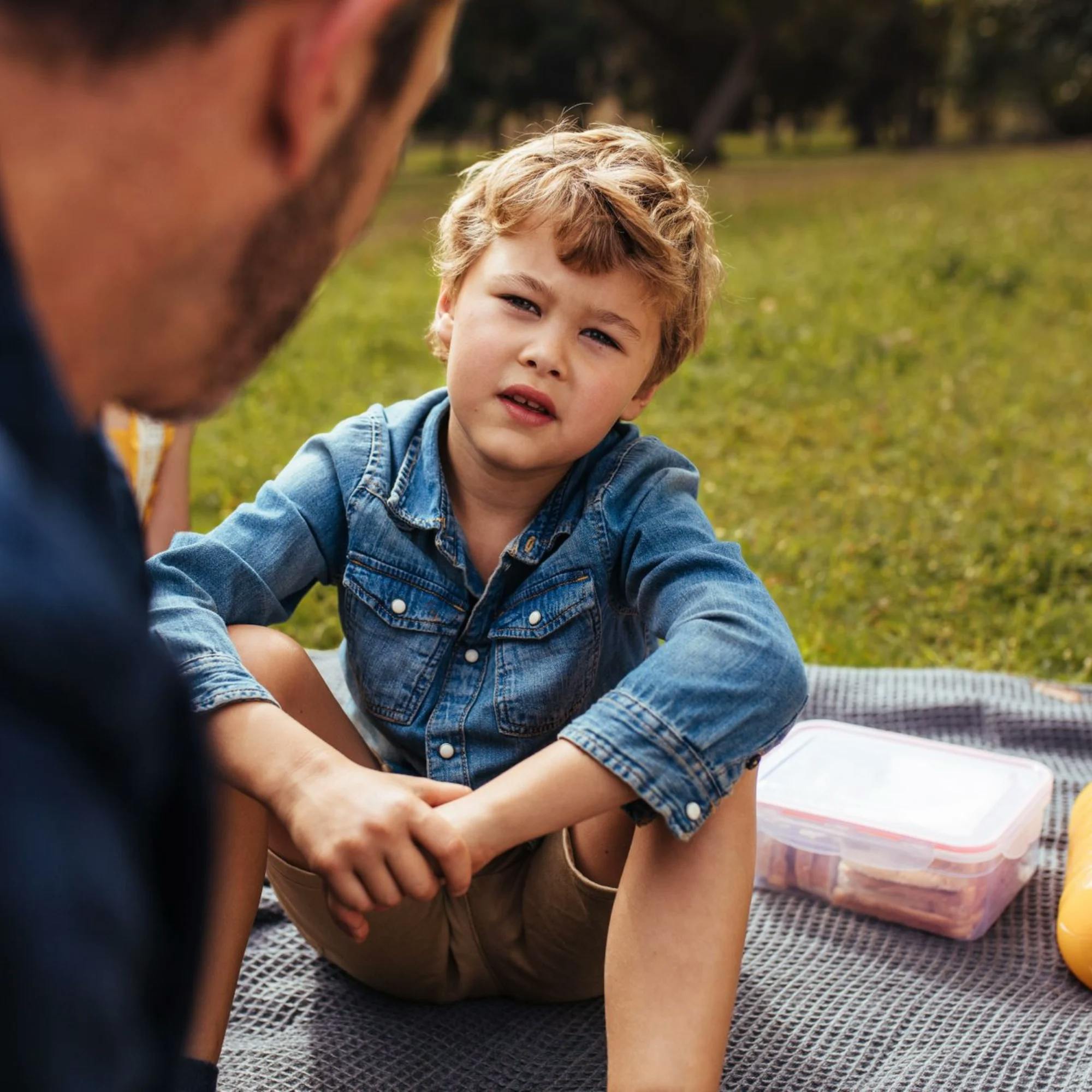How to Respond to Your Child with Empathy
As parents and caregivers, our kids look to us for so much. You may not realize it, but this includes help with recognizing and processing their feelings. Sure, they may not realize they need our help with this. But kids need the adults in their lives to teach them how to work through their emotions. An important way you can do this is by responding to your child with empathy.
Empathy is the ability to identify and share the feelings of another person–to put yourself in their shoes. When you respond to your child with empathy, they feel connected to you, and it’s good for their emotional development. Let’s take a couple minutes to discuss the importance of empathy and some practical ways you can use it more often with your child.
Showing empathy to your child can help you build a healthy, secure relationship with them. It also improves your child’s own emotional development. There are lots of benefits for your child, such as
Being better able to regulate their emotions
Having a better understanding of other people’s feelings
Having a good sense of self-esteem
More motivation in school
The ability to make and keep friends
A lower risk of behavioral issues
And even a lower risk of anxiety
So how exactly can you respond to your child with empathy? There are four easy techniques that you can start trying today: listening, making reflective statements, asking questions, and affirming their feelings.
The easiest way to show empathy is to simply listen to your child. When you take the time to focus your attention on them and quietly listen, it shows your child that how they feel matters.
As your child talks, try not to interrupt or rush them through what they’re saying. And if they just need to cry, sit with them through it. Your presence will help them feel supported.
When you’re talking with your child, reflect what they’re saying or communicating to let them know you understand. Let’s say they tell you their toy broke and they’re crying about it. You can say, “I can see that you're really upset about your broken toy.” Pause to see what they say, and respond as necessary.
You can also ask questions to let your child know that you’re interested in their experiences and feelings. You could ask, “Can you tell me more about this?” Or even questions like “What can I do?” or “What do you need from me?” This gives your child the chance to explain a situation more clearly, or simply tell you what they need.
Finally, just like adults, kids want to know that others understand their feelings. We may already recognize that their feelings are valid, but we have to let children know this with our words!
Here’s an example. Say your child is feeling nervous about a new experience, such as the first day of school. You could say something like, “It can be a little scary to have a new teacher.” Or “I understand why you feel nervous.” Empathetic statements like these can go a long way when you’re communicating with your child.




